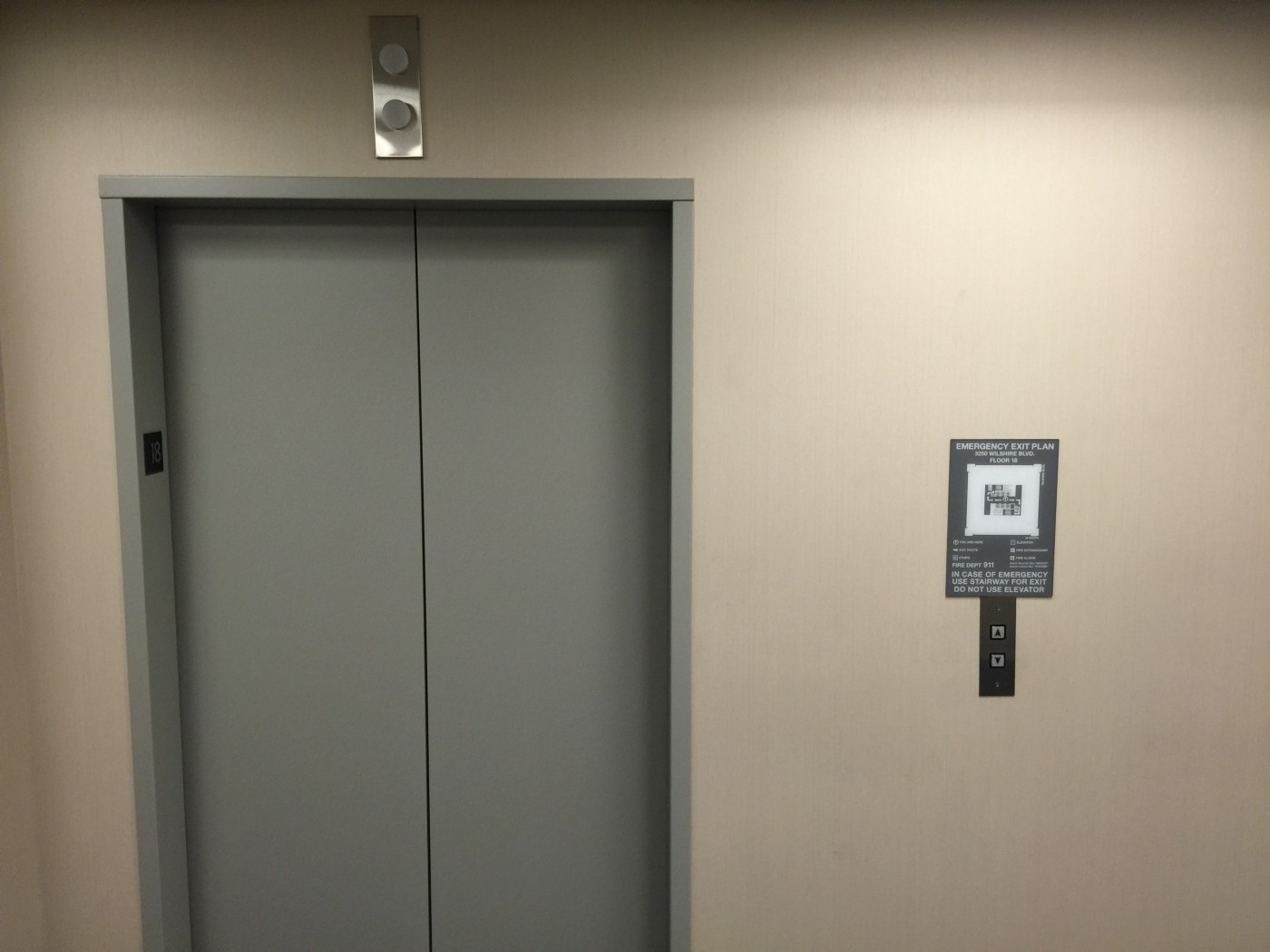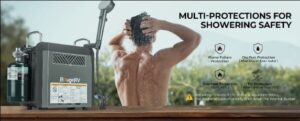
An elevator is known as a vacuum elevator (PVE) is a type of Elevator Company that, in place of cables and pistons, lifts and lowers an elevator car with the help of air pressure. It takes up a lot less space than conventional elevators do and uses a lot less energy because it does not require any heavy machinery to operate in Ethiopia.
The Following Are The Three Primary Components That Makeup Pves:
- A cylinder with a clear exterior that is framed in aluminum and covered with clear polycarbonate panels that have been curved.
- A passenger car for the interior that moves along rails that are built into the cylinder. Brakes and other safety mechanisms are housed within the vehicle as well.
- The assembly of turbine engines, valves, and a control board that makes up the turbine assembly can be found at the very top of the cylinder. This assembly provides power to the elevator.
Because it does not require a machine room or pit for installation, this self-supporting Elevator Company is an excellent choice for locations with limited space. In order to facilitate a straightforward and versatile installation process, it can be mounted to a balcony landing, placed within a set of wraparound stairs, or installed through a hole in the floor in Ethiopia.
What Is The Function Of Pneumatic Vacuum Elevators?
The movement of a pneumatic vacuum elevator is controlled by differences in air pressure between the interior cabin and the exterior of the elevator. A system that consists of valves and turbines is responsible for producing the pressure. The elevator car moves gradually upwards when air is removed from the cylinder because it is being propelled by the air pressure that is located below the car. When the air is allowed to be let back into the hoistway, the car descends at a speed that is smooth and under control.
A mechanical anchoring system kicks into gear as soon as the cabin reaches the appropriate floor, at which point it locks the car into position so that passengers can load or unload it in complete safety. This environmentally friendly lift is propelled by air and requires only a minimal amount of electricity to operate.
The American Society of Mechanical Engineers has determined that pneumatic vacuum elevators are up to their stringent safety standards and have awarded them their full certification. In the event that there is a disruption in power, the Elevator Company will begin an automatic, gradual descent, which will bring it to the ground floor in a secure manner. The emergency brakes and locks continue to function normally, and the door can be opened to let passengers off the vehicle in Ethiopia.
PVRs also have the capacity to fulfill seismic requirements in regions that are prone to earthquakes. This makes them suitable for use in those areas. In order to increase the elevator’s level of stability, brackets can be used to bolt it to the ground floor.






